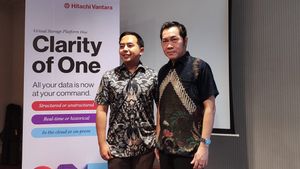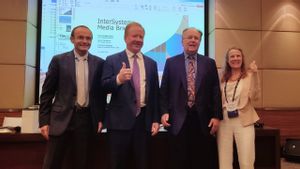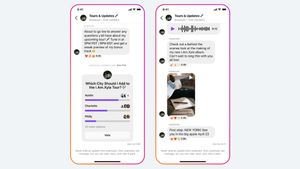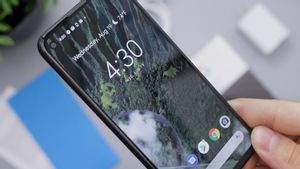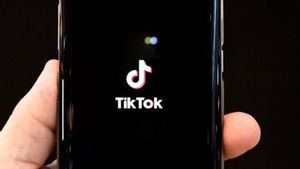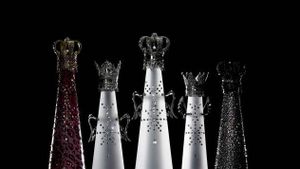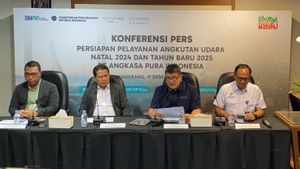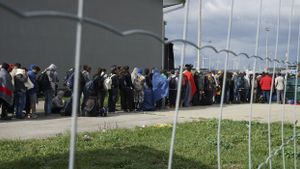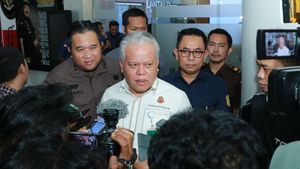JAKARTA Axiom Space is working with Nokia to deliver more sophisticated spacesuits. Both will integrate 4G LTE communications into spacesuits for the Artemis 3 mission. In its latest report, Axiom Space says that Nokia will assist it in presenting high-speed cellular networks in its spacesuit. This dedicated spacesuit is named the Exploration Extravehicular Mobility Unit (xEMU). It is hoped that the communication network from Nokia can support high-definition (HD) video recording, telemetry data, and voice transmission even though astronauts are very far away. This whole capability will support the course of the Artemis 3 exploration mission on the Moon. Russell Ralston, Executive Vice President of Axiom Space for Extravehicular Activities, said that Nokia technology will build next-generation spacesuits. This smart innovation will facilitate communication and data exchange between Earth and the Moon. "Increasing the capabilities of the high-speed 4G LTE network on the Moon will serve as an important bridge linking astronauts to Earth, facilitating data exchange, and enabling HD video communication remotely," said Ralston.
SEE ALSO:
The technology that Nokia will use is the Moon Surface Communication System (LSCS) pioneered by Nokia Bell Labs. It is planned that this technologist will be launched through the IM-2 mission of Intuitive Machine. After that, the technology will be adapted to xEMU spacesuits. LSCS will have two components, namely a network in a box that combines radio elements, base stations, and core networks of terrestrial cellular networks. In addition, there is a device module that will be engineered to survive in extreme lunar environments. President Bell Labs Solutions Research Nokia Thierry E. Klein highlighted the importance of astronaut needs. This space rover not only requires shelter and food, but also sophisticated networks that facilitate their important tasks. "We take advantage of the same standard-based technology that connects billions of devices on Earth every day, as well as bring innovations and new technologies to address specific challenges faced in space," Klein said.
The English, Chinese, Japanese, Arabic, and French versions are automatically generated by the AI. So there may still be inaccuracies in translating, please always see Indonesian as our main language. (system supported by DigitalSiber.id)



